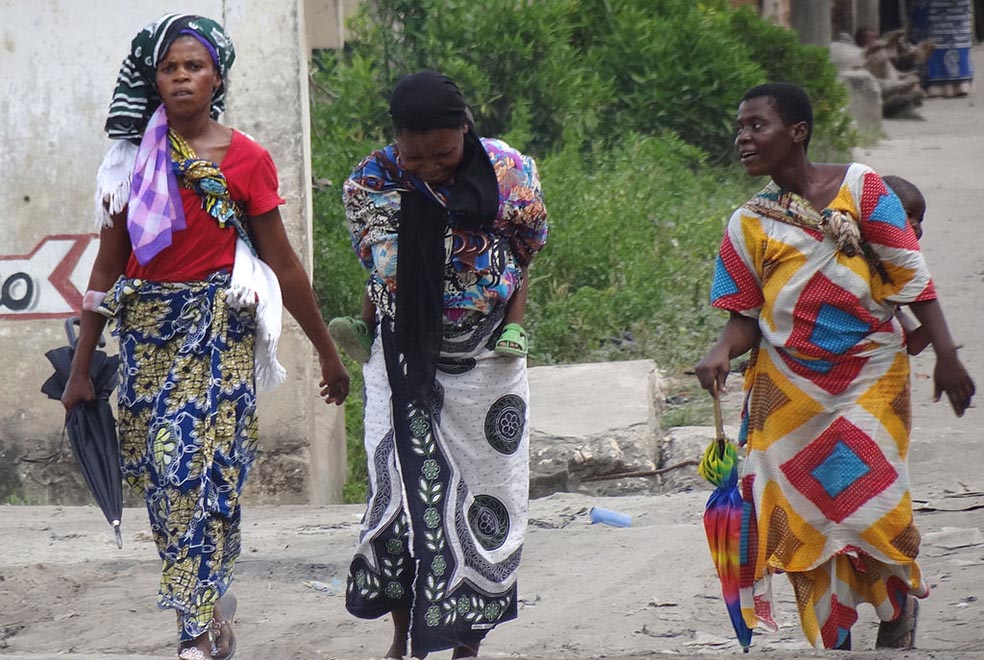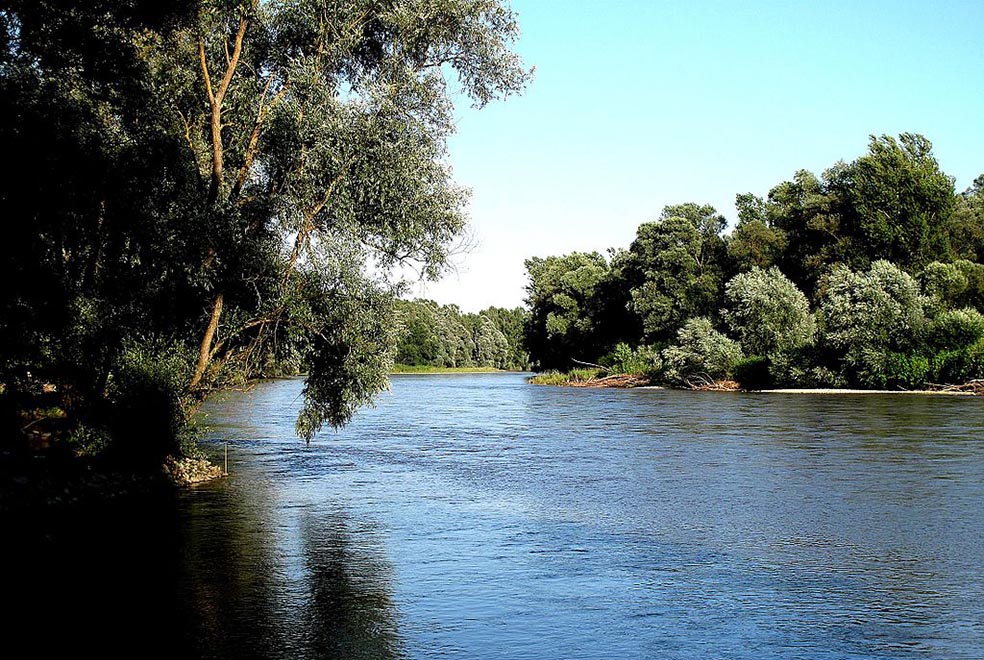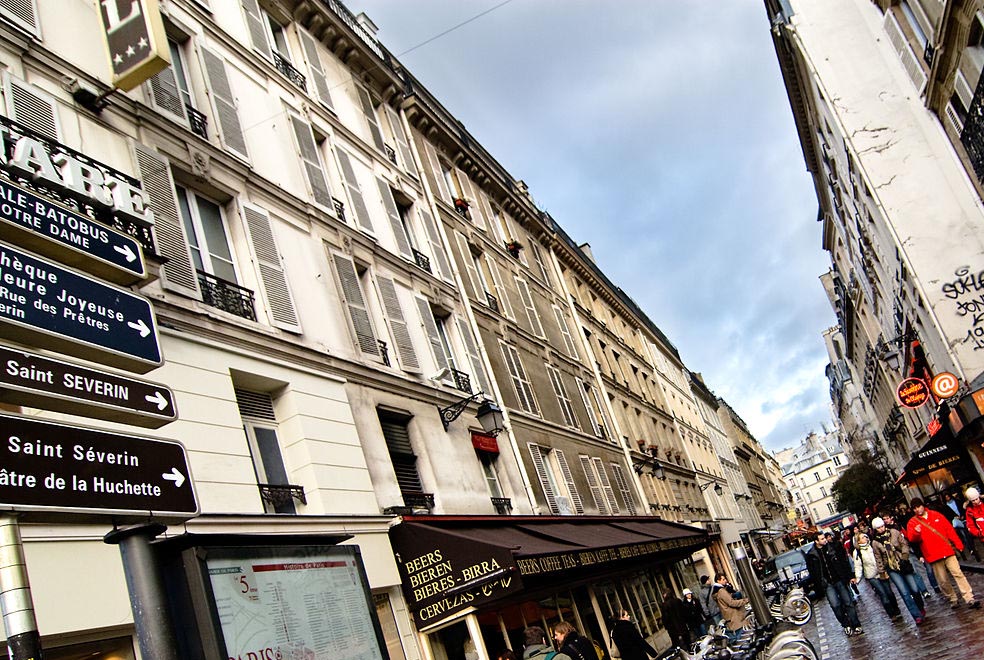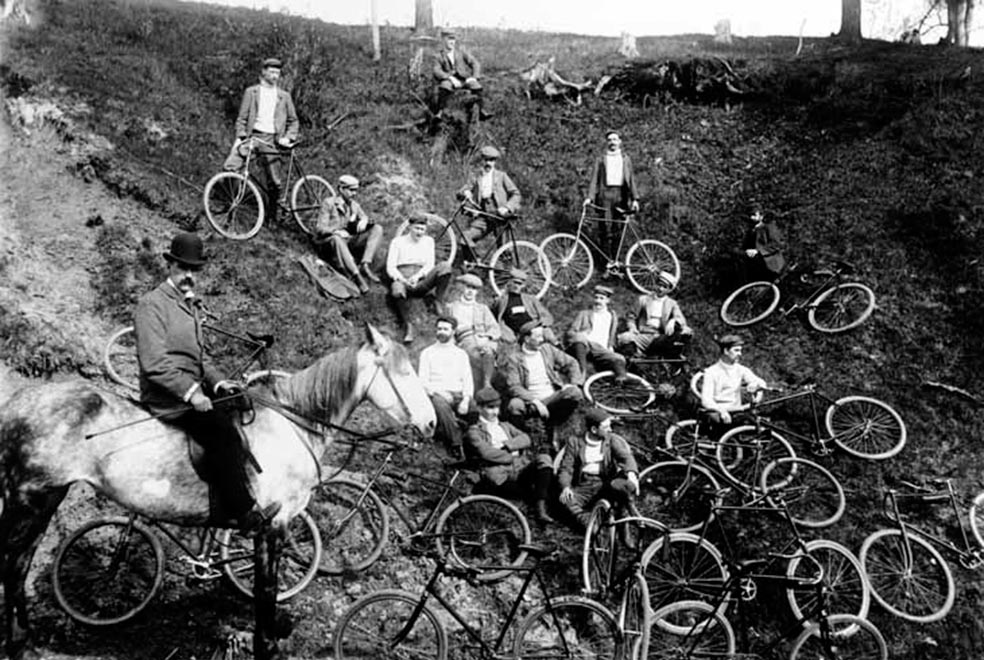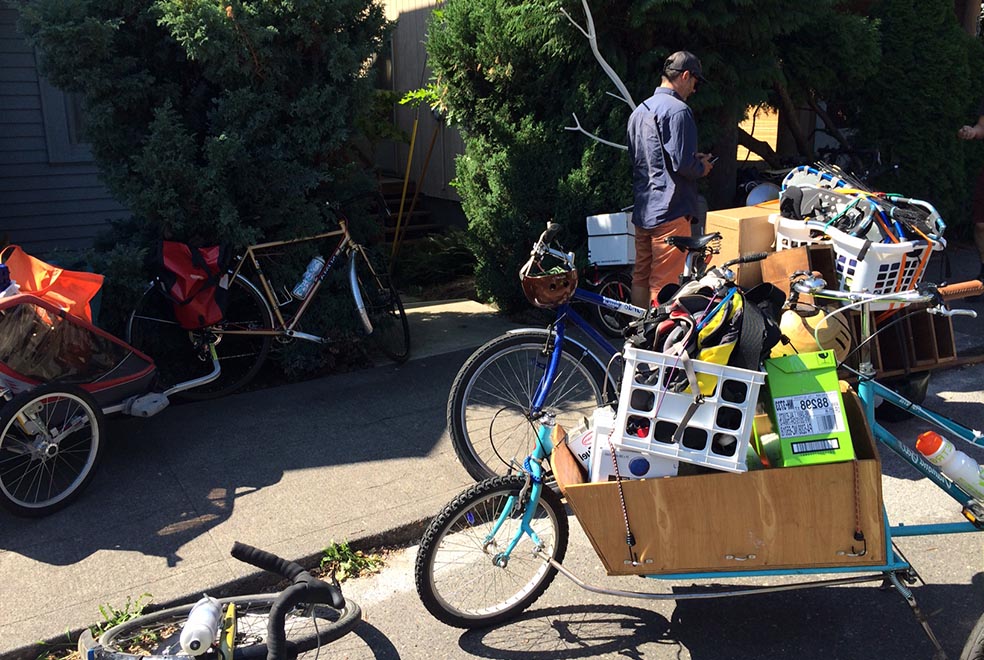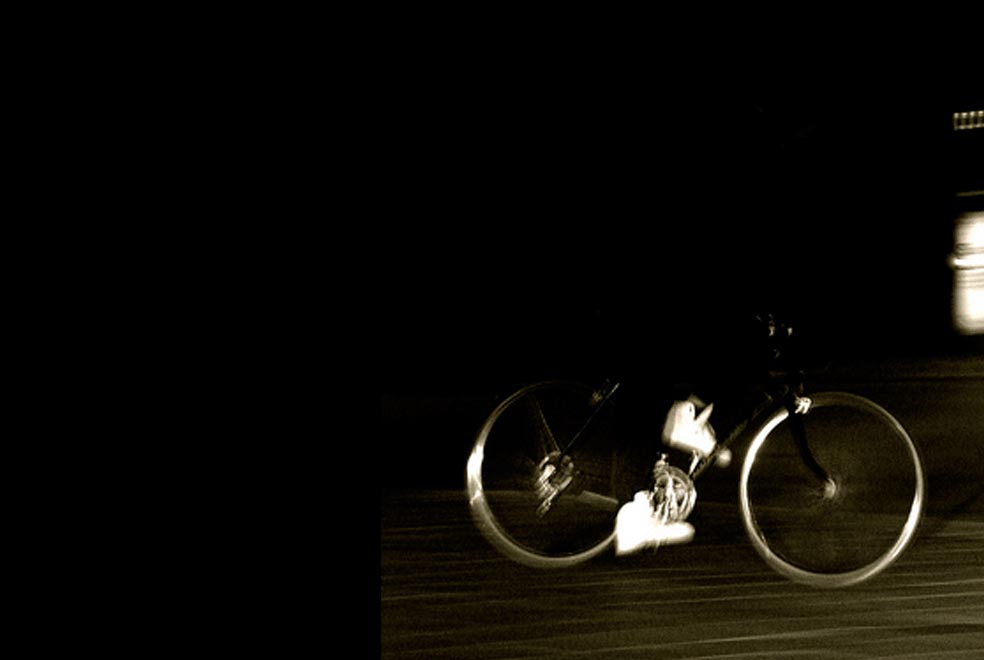Tweet If you’ve seen the curvy and colorful cob structures around the city of Portland, chances are good that you’re seeing the work of the Village Building Convergence (VBC), an annual placemaking festival organized by City Repair which is celebrating its 15th year. The 10-day festival is underway this week and its going stronger than ever. It’s main mission is to facilitate hands-on volunteer labor towards making various community-building projects around the city become a reality. This year’s projects include 22 intersection painting projects, 8 landscaping/gardening projects and 9 building projects, such as making earthen plaster walls for buildings, cob…
Archive for the ‘equity’ Category
Tweet In honor of International Women’s Day, today’s post is about designing safe cities for women. Even today, many women in the world don’t feel safe, welcome or comfortable being in the public realm. In many places women are still relegated to the confines of their homes with no place in public for them. In places like Saudi Arabia, India, Afghanistan, Iran, Pakistan and other countries, a woman is considered unvirtuous (and a target for harassment or worse) if she even dares to appear in public by herself. Even in cosmopolitan, bustling urban centers like Bombay, “women are at best…
Tweet Last week I watched a Peruvian documentary on the lives of local musicians called I’m Still, screened as part of the Portland International Film Festival. It displayed stunning imagery of mountain-top villages in remote areas of the country where indigenous musicians played their violins, harps and guitars and sang folk songs. I was struck by the indigenous architecture of these villages, which comprised of hand-built stone masonry walls and clay tile roofs. They were beautiful buildings built by families generations ago, perfectly scaled to Peruvian human proportions and completely fitting of Puruvian native lifestyles. Moreover, they blended in with…
Tweet Enrique Peñalosa is the former mayor of Bogota and he has become famous for putting in place radical equity measures such as restricting private car use and installing hundreds of kilometers of sidewalks, bicycle paths, pedestrian streets, greenways, and parks. Some of his most well known accomplishments during his tenure as mayor of Bogota are organizing the first city-wide Car-Free day in 2001 where a city of 6.5 million people banned cars from its streets, opening up public spaces for all people to walk, bicycle, and enjoy the city and bringing a very successful Bus Rapid Transit system to…
Tweet Last week I attended the 25th anniversary Bioneers Conference in San Rafael, California. What is Bioneers, you ask? “Bioneers is a fertile hub of social and scientific innovators with practical and visionary solutions for the world’s most pressing environmental and social challenges,” says the website. I’ve been to several sustainability conferences in my life and I have to say, this was the best one. Many of the previous sustainability conferences I’ve been to focus on technological fixes to our climate change problems. While Bioneers pays plenty of attention to technology, there was an equal focus on people, culture and…
Tweet In The Death and Life of Great American Cities, Jane Jacobs said that “Cities need old buildings so badly it is probably impossible for vigorous streets and districts to grow without them.” But in an age of burgeoning urban populations and a pressing need to accommodate a more and more people into cities, does this still hold true? Shouldn’t we be replacing older smaller buildings with LEED Platinum high-rises? “Where do older, smaller buildings fit within cities that are seeking to maximize transit investments, increase density, and compete in the global economy” ask some urbanists. A new report…
Tweet In today’s world, we like to hail the bicycle as the instrument of freedom for the underprivileged, the poor and the oppressed. But bicycling began in the 1880s and 90s in a context of racism, sexism and classism and for the most part was reflective of that context. But that’s long gone history, right? Actually no, bicycling’s not-so-egalitarian beginnings still cast a shadow in today’s world of bicycling and bicycling advocacy and this is something we need to look out for. Did you know that… – In the late nineteenth century, there was anxiety over whether “white, nonimmigrant…
Tweet Similar to the notion of people who bike because they want to and people who bike because they have to, the person who is in the Bike Move #1 photo above is hauling stuff by bike because he has to. The person in Bike Move #2 photo is hauling stuff by bike because she wants to. The guy in Bike Move #1 would jump at an opportunity to move that stuff by car, but he’s moving it on his bike because he probably can’t afford a car. The person in Bike Move #2 has every opportunity to move that…
Tweet Recently I’ve been awed by the power of public spaces. Summer in Portland draws everyone out into the public realm. So far this summer I’ve been to two festivals at Pioneer Square, a street festival, a movie at the park, Shakespeare at the park, several picnics and have enjoyed time by myself at different parks. And this is only a fraction of what’s available to do in Portland in the summer in public spaces. Here are 5 things I love about public spaces: 1. Public spaces are transcendent. They bring people together that normally would not sit next to…
Tweet Some bicycling enthusiasts will insist that there are no barriers to entering the bicycling community and that it is open to anyone who wants to join. Just look at the comments on my post, Is Bicycling Only for Fit White People? And a lot of people will insist that there are certainly no racial barriers to bicycling. This may technically be true. Everyone is technically welcome to bicycling. But why is it, according to the research of Eve Bratman and Adam Jadhav, that “in some places, the people who ride are mostly wealthy and white?” There are two types…
















